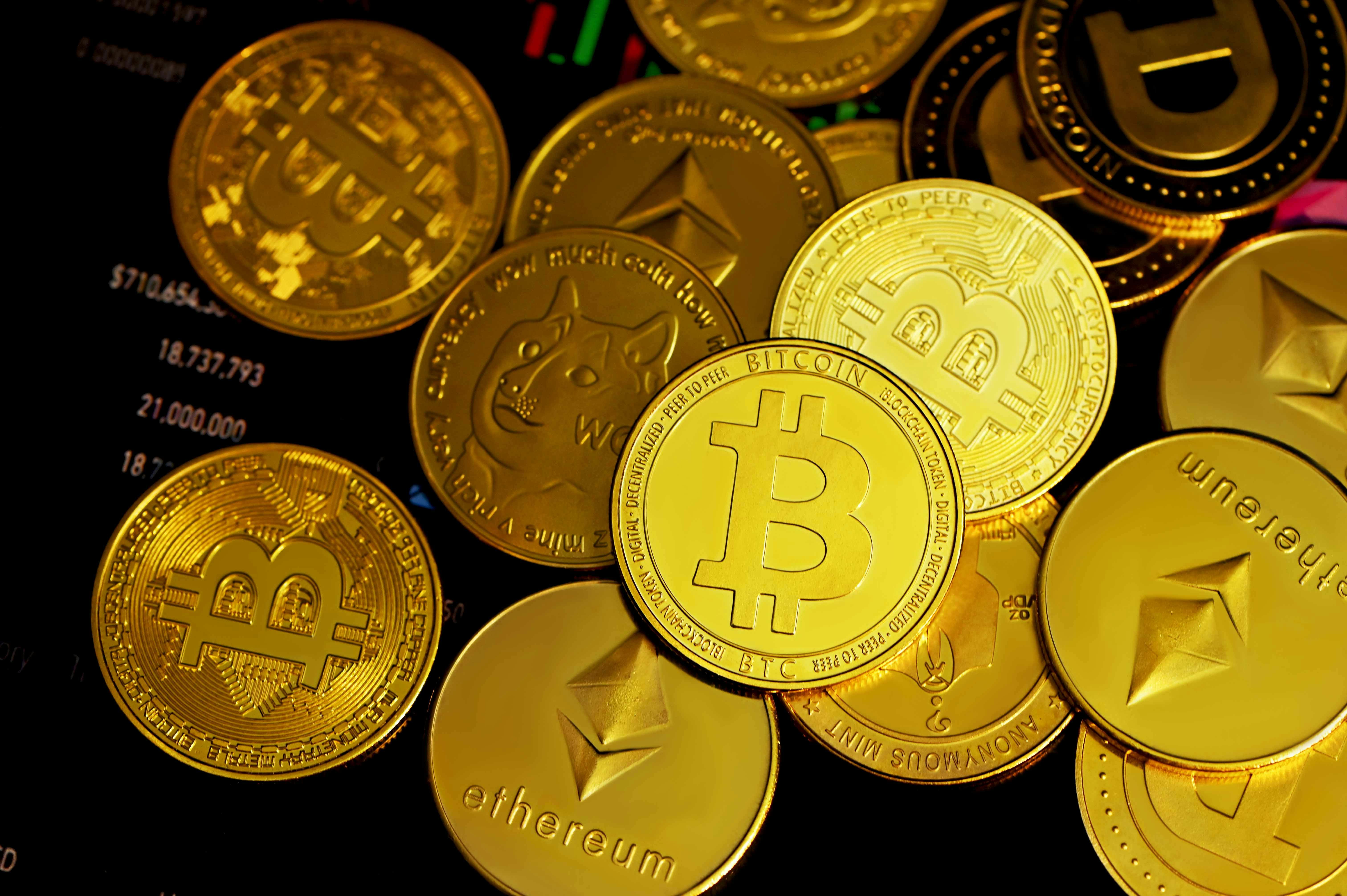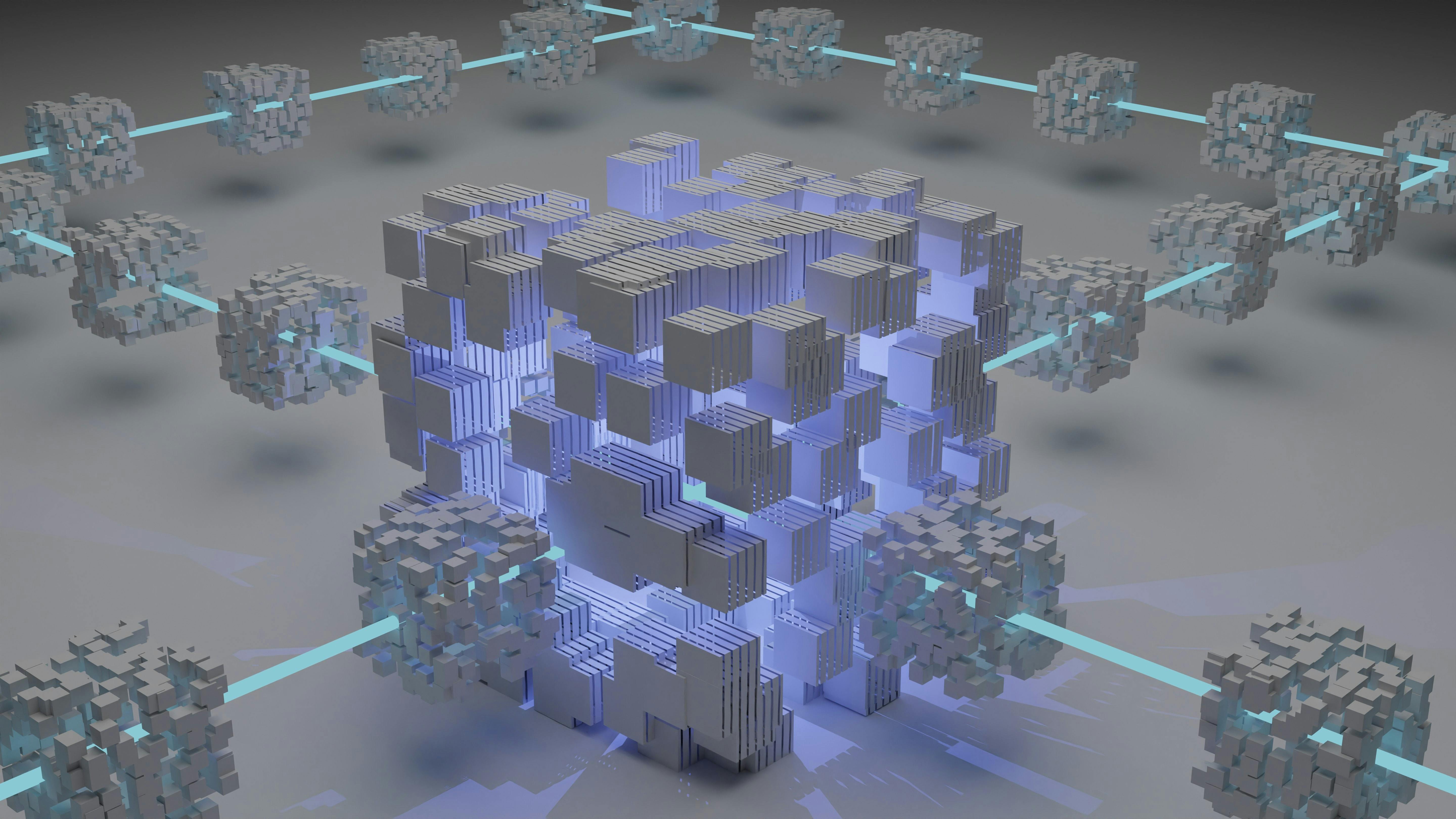Introduction
One of the most phenomenal developments in the evolution of mankind is the emergence of the world wide web. It blurred the geographical boundaries and ensure information is broadcasted to the world.
Evolution of the web:
Web1.0 - View-only mode
The primary objective was to display information in the form of static pages owned by companies or large cooperations. A similar analogy is billboard ads on streets.
Web2.0 - View and Create mode
The emergence of various social media platforms triggered the evolution of web1 to web2. Along with companies promoting their content, they also created several platforms where users share their content and engage in user-to-user interaction. But, since the platform was created by these companies, they had access to a chunk of sensitive user information and usage analytics crucial to maximise their profits via targeted advertisements.
Web3.0 - View, Create, Participate and Earn mode
Firstly, web3.0 has not evolved yet to be a completely independent technology. Currently, it works in sync with web2 technologies. This hybridization enables developers to combine multiple web development technologies with various blockchain networks, thereby providing a trustless, decentralized and permissionless alternate economy on its own. The web3 ecosystem combines multiple business domains and enables inter-operations between different cryptocurrencies via exchanges.
What makes web3 attractive for the Gen-Z economy?
Unique identity via Ethereum Naming Service (ENS):

Image source: ens.domains
Web3 allows users to have greater control over their identity by linking a unique ENS to their wallet address. This significantly reduces the address length of 64 character hex string to a mnemonic which is shorter and easier to remember. Moreover, it reduces multiple sign-ups to access each platform. Using a wallet address provides access to multiple platforms by a single authentication process which is secure and anonymous as well. The native suffix for ENS is .ETH, and it works with existing DNS names as well. Since it is blockchain native in itself ENS inherits all the security features of blockchain. It supports all the major crypto-wallets, browsers and decentralized applications.
Global currency (BTC/ETH/USDC):
 Image source: unsplash.com
Image source: unsplash.com
The concept of currency came into use as a replacement for the barter system. The fiat currency although credited for its ease of mobility, adds several constraints as a store of value and as a utility too. They are more volatile to geopolitical issues and trade relations between other countries. Moreover, in the advent of any unprecedented events like a pandemic or recession, the governing authority allows the printing of more currency notes than usual which reduces their intrinsic value. Cryptocurrencies on the other hand have limited supply just like gold. This aspect makes them a viable and valuable digital asset. They work across geopolitical boundaries thereby facilitating a global economy reducing the currency conversion costs and the interference of banks to a major extent. It also reduces several drawbacks of fiat currency discussed above.
Decentralized Autonomous Organizations (DAOs):
 Image source: unsplash.com
Traditional organizations have a top-bottom approach. This hierarchy grants greater control and authority to the topmost layer of the organization. The core decisions are taken by the board members, whereas the employees are mere event onlookers. A sense of belongingness and representation in everyday activities is compromised. The DAOs are an evolution in this sector. The existence of a legal structure without a central governing entity, a collection of members with common goals and a flat architecture throughout the organization is a DAO. Each decision is made through voting by the token holders to ensure the common interest of the DAO is not compromised. The votes cast via blockchain are publicly viewable. The weighted voting system gives more power to the members who stake more tokens in the ecosystem. The logic behind such a concept is that those members who stake more in the DAO will more likely participate honestly for the overall good of the organization. Moreover, these entire operations within the DAO are executed by smart contracts which are self-executing codes based on certain conditions.
Image source: unsplash.com
Traditional organizations have a top-bottom approach. This hierarchy grants greater control and authority to the topmost layer of the organization. The core decisions are taken by the board members, whereas the employees are mere event onlookers. A sense of belongingness and representation in everyday activities is compromised. The DAOs are an evolution in this sector. The existence of a legal structure without a central governing entity, a collection of members with common goals and a flat architecture throughout the organization is a DAO. Each decision is made through voting by the token holders to ensure the common interest of the DAO is not compromised. The votes cast via blockchain are publicly viewable. The weighted voting system gives more power to the members who stake more tokens in the ecosystem. The logic behind such a concept is that those members who stake more in the DAO will more likely participate honestly for the overall good of the organization. Moreover, these entire operations within the DAO are executed by smart contracts which are self-executing codes based on certain conditions.
Non-Fungible Tokens (NFTs):
 Image source: opensea.io
Although the original web2 analogy of antiques is restricted to masterpiece arts, the web3 version caters to a variety of fields. The fundamental concept of NFT is a sentiment of ownership of a digital asset. It modernizes the way traditional businesses operate in various sectors from customer engagement to marketing. The use cases like GameFi, rentals in the NFT marketplace, bundling a collection of NFTs, the music industry and even tying them to real-world assets have gained popularity lately. For instance, Roofstock, a real estate platform sold a home in South Carolina for $175,000 via the NFT marketplace. The sale was settled using USDC (a stablecoin pegged with the US dollar) on the Polygon network.
Image source: opensea.io
Although the original web2 analogy of antiques is restricted to masterpiece arts, the web3 version caters to a variety of fields. The fundamental concept of NFT is a sentiment of ownership of a digital asset. It modernizes the way traditional businesses operate in various sectors from customer engagement to marketing. The use cases like GameFi, rentals in the NFT marketplace, bundling a collection of NFTs, the music industry and even tying them to real-world assets have gained popularity lately. For instance, Roofstock, a real estate platform sold a home in South Carolina for $175,000 via the NFT marketplace. The sale was settled using USDC (a stablecoin pegged with the US dollar) on the Polygon network.
Decentralized Applications (DApps):
 Image source: unsplash.com
Image source: unsplash.com
A decentralized application (DApp) is a digital app deployed on the blockchain network. Unlike, traditional apps the blockchain stores a copy of the ever-expanding pile of data on multiple nodes located across the globe running on a blockchain network. The Ethereum network hosts a multitude of DApps from P2P online games like Axie Infinity, a play-to-earn game to P2P decentralized exchanges like Uniswap. They run on a public blockchain network maintaining an open source codebase, decentralized in operation and free from control by a single authority. DApps have great potential to replace all the popular web2 apps.

